Table of Contents
Adrenal Glands:
Location and Structure:
These are located on the top of each kidney. Each consists of two distinct parts: an outer cortex and an inner medulla. The former develops from the mesodermal cells which aid in the formation of the kidney and the latter is derived from the sympathetic system. The adrenal cortex is stimulated to secrete its hormones by adrenocorticotropic hormone from the anterior pituitary. Each part secretes its independent hormones.
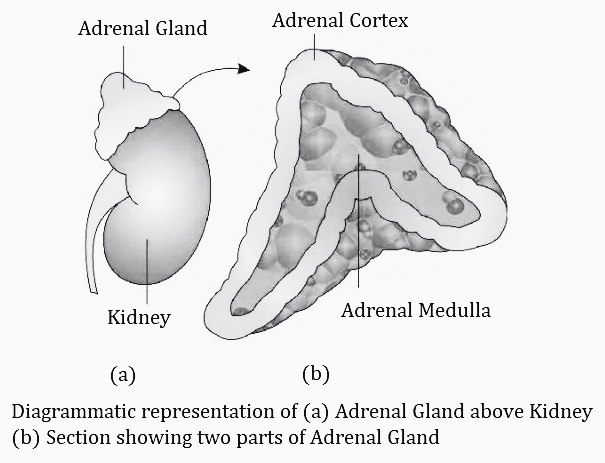
Hormones Secreted by Adrenal Cortex:
The adrenal cortex is vitally important for life. Its destruction or removal kills the individuals. It secretes about 50 steroid hormones, collectively known as adreno-corticosteroid hormones. These fall into three categories:
(1) Glucocorticoids are secreted by the middle region of the adrenal cortex. These regulate the metabolism of carbohydrates, fats, and proteins. These increase the blood glucose level by converting proteins and fats into carbohydrates which in turn are converted into glucose. In case of excessive bleeding, glucocorticoids constrict blood vessels. This offsets the drop in blood pressure due to blood loss. Glucocorticoids have anti-inflammatory and antiallergic effects. Cortisol is the most important glucocorticoid.
(2) Mineralocorticoids control the metabolism of Na+ and K+ ions and water balance. Aldosterone is the main mineralocorticoid in man. It reduces the elimination of Na+ but increases K+ elimination. Retention of Na+ in the blood increases the absorption of water from urine and increases blood volume.
(3) Sex Steroids are secreted from both the middle and the inner layers of the adrenal cortex. These influence the functioning of sex organs and the development of accessory sex characters. Some of the common corticoid hormones are cortisone, corticosterone, aldosterone, androsterone and oestradiol.
Disorders due to Adrenal Cortex:
(1) Addison’s Disease- It is due to a deficiency of aldosterone. It may be due to low secretion or destruction of the adrenal cortex. A deficiency of mineralocorticoids or glucocorticoids can be the causative reason for this disease. There is electrolyte imbalance with low plasma Na+ through increased urinary elimination and high plasma K, reduced blood volume, low blood pressure, anaemia, hypoglycemia, great muscular weakness, fatigueness, weight loss i.e. emaciation, nausea, vomiting, and diarrhoea. A deficiency of glucocorticoids leads to bronze pigmentation of the skin.
(2) Cushing’s Syndrome- It occurs due to adrenal tumor or adrenal hyperactivity when there is excessive secretion of cortisol hormone. Pituitary tumors causing excessive secretion of ACTH may also be the reason for this syndrome. The clinical symptoms of this syndrome are excessive deposition of fat over the face, back of the neck, and abdomen (obesity). In males, excessive hair growth (hirsutism); in females, masculinization with the growth of beard, mustache, etc. Wounds do not heal early. High blood sugar, the appearance of sugar in the urine, rise in plasma of Na+, fall in plasma of K+, hypertension; in males impotence with the atrophy of testis; in females amenorrhea (no menstrual periods), sterility, etc., rise in blood volume, high blood pressure, etc.
(3) Conn’s Syndrome (Aldosteronism)- It is caused due to excessive secretion of aldosterone from an adrenal cortical tumor. The clinical symptoms of this disease are high plasma Na+, low plasma K+, rise in blood volume and blood pressure, muscular weakness, etc. There is no oedema. Prolonged loss of potassium damages kidneys resulting in polyuria.
(4) Adrenal Virilism or Adrenogential Syndrome- It is due to excessive secretion of sex-corticoids caused by an adrenal tumor. The appearance of male secondary characters in females like male voice, beard, moustaches, stoppage of the menstruation cycle, and growth of clitoris. Presence of facial and excess body hair in females i.e., Hirsutism.
Hormones Secreted by Adrenal Medulla:
The adrenal medulla helps the body to combat against stress or emergency conditions. But it is not vital for survival and can be removed without causing death.
It secretes two hormones, epinephrine or adrenaline, and norepinephrine or noradrenaline. Both these hormones control the contraction of involuntary muscles including the muscles of the heart and arteries. Much more adrenaline is secreted than noradrenaline in men. Because of this, adrenal glands are called ‘emergency glands‘.
(1) Norepinephrine or Noradrenaline- It is a tonic hormone for the circulatory system. It raises systolic and diastolic pressure through vasoconstriction except coronary artery. It maintains the normal activities of the body. Noradrenaline is secreted by the sympathetic axon terminalis as a neurotransmitter to release nerve impulses from the fibers to the smooth muscles and glands.
(2) Epinephrine or Adrenaline- It is secreted at the time of emergency to face physical stress like a fall in blood pressure or blood sugar, muscular exertion, pain, cold, and injury, and by emotional stress like anger, fear, and grief.
Since sympathetic and adrenal medulla, both are stimulated by physical stress like a fall in blood pressure or blood sugar, pain, cold, or injury and both are also stimulated by emotional stress such as anger, fear, and grief. These form a closely integrated system called the sympathetic-adrenal system.
Effects of Adrenaline:
(1) Cardiovascular Effects- Adrenaline is a powerful vasoconstrictor. It affects cardiac and smooth muscles. It increases both the force and frequency of the contraction of heart muscles, resulting in a rise in blood pressure, a rise in pulse rate, and a rise in cardiac output. It is used as a heart stimulant in acute emergencies.
(2) Smooth and Skeletal Muscles- Almost all the smooth muscles of the body, as well as skeletal muscles, are affected by adrenaline, some being stimulated to contract while others are inhibited.
(3) Effect on Metabolism- Adrenaline affects carbohydrate metabolism by increasing the rate of conversion of glycogen into glucose, which then may be rushed to the muscles to form ATP, which is used to perform work. It, thus, by increasing glycogenolysis in the liver, raises the sugar content of the blood (hyperglycemia). It also causes increased oxygen consumption and increased heat production. It also accelerates the breakdown of glycogen.
(4) Bronchodilating Effect- Adrenaline stimulates the secretions of some of the hormones of the anterior lobe of pituitary glands, such as adrenocorticotrophin, thyrotropin, and gonadotropins.

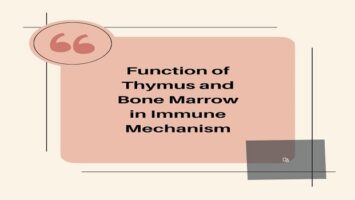
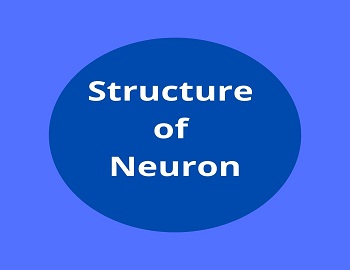
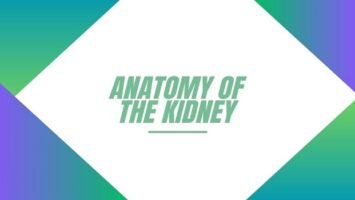
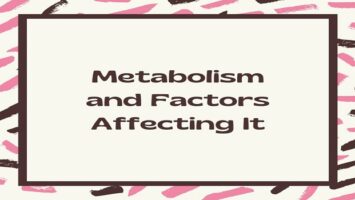




Comments (No)